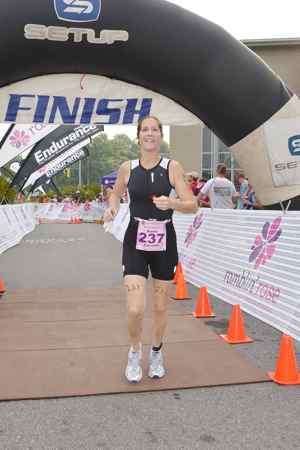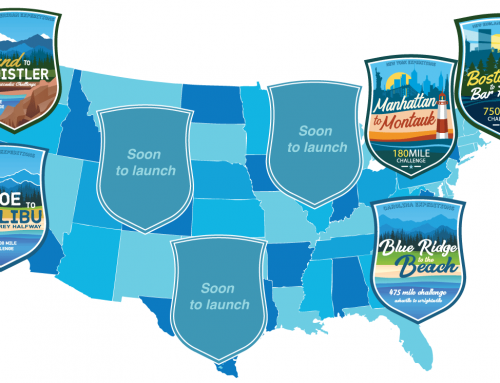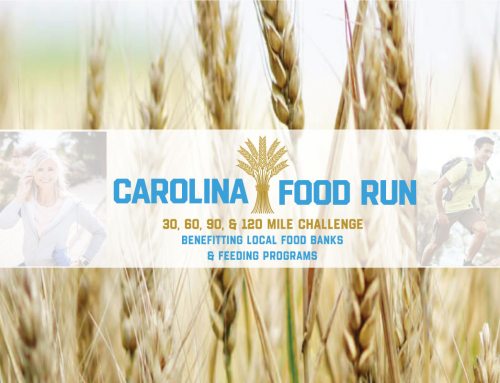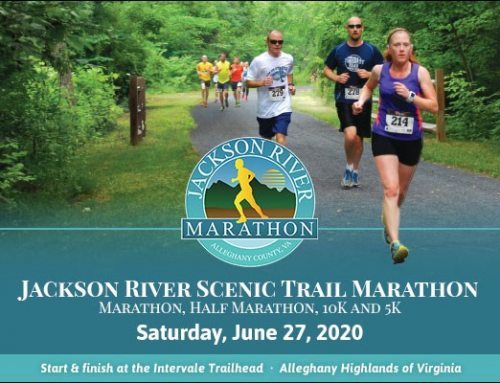
By Anne Howell
“Um, your heart is enlarged,” the ultrasound technician uttered.
“That’s because I have so much love to give,” I naively responded. I had no idea her words would be indicative of what my future would become.
My mother died in 1981 at age 41 of sudden cardiac death. Before that time, I was a confident, boisterous 16-year-old, ready to take on the world. My three sisters, my father and I just could not understand her death, as she was an avid tennis player and active mother. It was determined years later that she had an enlarged left ventricle, a condition known as cardiomyopathy, which caused her fatal rhythm. Her heart was inefficient due to its size, and the electrical conduction of her heart was erratic.
Two of her four daughters, Jane and I, inherited the condition. Elizabeth, the oldest, and Mary, the youngest, were in the clear. Jane collapsed two days before my wedding in Florida in June 1992. She was 31 at the time. Her heart had stopped. Within a minute it restarted on its own. At first we thought she was dehydrated. When she returned to her home, in Texas, she had an EP (electrophysiology) study performed on her heart. It was determined she had our mother’s condition, so her doctors implanted an AICD (automatic implantable cardioverter defibrillator) into her abdomen with wires connecting the device to her heart. This defibrillator, now known as an ICD, had a built-in pacemaker to pace her heart when necessary and a shocking mechanism to get any dangerous, abnormal rhythms back to normal.
I was 28 in February 1993, newly married, and had just begun a science and math middle-school teaching position in Jamestown, N.C. I had always been an athlete, excelling in many sports as a youngster, and I was running a 10k in Columbia, S.C. I thought I was in the best shape of my life.
I started feeling strange around mile 5.9. I got dizzy and collapsed to the ground. “Something is seriously wrong,” I thought to myself. I felt my heart racing and flip-flopping all over the place. I managed to stumble to the finish line and the paramedics, seeing the expression on my face, scooped me up and checked my vitals. They rushed me to the hospital and gave me fluids. I was sent home and told to make an appointment immediately for my own EP study. I failed the test royally, and I too received a defibrillator. Over the course of 16 years, I was shocked 48 times with 250-750 volts of energy to get my heart back into a normal sinus rhythm. (That smarts! But it kept me here and I am thankful.)
Looking back, some of the symptoms of my heart condition had begun to express themselves in my early 20s. Climbing the stairs to some of my college classes made me short of breath. I didn’t understand, but I chalked it up to, “Well, all college kids are exhausted.” I also remember saying, while out of breath from showering for an 8 a.m. class, “I guess this is what it feels like to get older.” I was 20.
Much of the next 16 years was spent seeing doctors and checking the progress of my degenerative disease. I was slowly getting worse, and because the decline was gradual, I didn’t realize how bad I was feeling. My body was acclimating to my pitiful ticker’s inability to pump efficiently. My defibrillator was regularly interrogated to check for unusual rhythms between my doctor appointments. The device was programmed upon installation and manipulated during the interrogation. In other words, my doctors would play with the rhythm of my heart – pacing it, adding beats and speeding it up. I received four replacement devices in those 16 years, as the batteries wore out. (Now defibrillators are implanted just below the clavicle and the procedure no longer requires open-heart surgery.)
Eventually, my heart deteriorated to the point that there were no options except a transplant; my medicines were no longer holding the disease at bay and keeping me going. I met with a transplant team in January 2008 at Wake Forest University Baptist Medical Center to “get acquainted.” I was still in denial; I didn’t realize how sick I was.
I had several bouts of congestive heart failure and several hospitalizations between January 2008 and March 2009. My big ol’ heart was failing. It was time to consider being put on the “waiting list,” which required me to go through a series of exams, tests, procedures and “work ups.” My doctor and nurses had to meet with my support team of family and friends. Thankfully, I was approved and I officially went on the list on March 30, 2009.
The six-month wait that followed was a mental and physical struggle. My days crept by. “You have to keep moving,” my doctor would tell me, urging me to be in the best possible shape for recovery. I had to force myself to get out of bed. Tackling the shower was a difficult challenge; it required energy, which was in short supply. I had no appetite. I felt like I had the flu every day. I felt like a bump on a log; who wants to be around that? My personality and spirit did not match the way I felt. I felt worthless. My confidence was shattered. I did manage to continue working as a part-time receptionist those six months before the transplant, and I am so thankful to have had that as a reason to get out of bed.
Buttoning my shirt, buckling my seatbelt or holding my hairdryer left me breathless by the end of those six months. After my four-hour workday, I would walk through my door and plop on the bed, usually for the rest of the evening. Toward the end of that period, I was too tired to move from my bed to the sofa to see my teenage sons get on the bus.
While waiting, I had many restless, sleepless nights. When was “the call” coming? I would wonder and pray. It was a test of my faith, patience and strength. I had to be put on a 24/7 IV medicine at home during the summer of ’09, as I was getting weaker and weaker. I remember the nurse teaching me how to take care of the PICC line and change out the medicine. I was thankful my sons were with me during the instruction process because I listened but could not grasp her words. I thought, “Surely she is not talking about me, that I will be tethered to an IV for an indefinite period of time.” It was all surreal. My sons, Adam, now 16, and Emory, now 15, helped me change the tubing and medicine and clean the site in my bicep where the line originated. I was so proud of them. They stepped up and did what they had to do for their mother.
Eventually I became too sick to continue waiting at home. I was admitted to the hospital on Oct. 5, 2009. On one hand I was relieved I would not have to take care of myself, my two sons and our home anymore. I just did not have the strength. On the other hand, I was devastated to not be with my boys anymore. My hospitalization coincided with the height of H1N1 flu season, so they visited me only once, with special permission. Emory turned 13 while I was in the hospital.
What if I didn’t make it off the table? Could this be the end for me? How would the boys do, no longer having their mother, just as I had lost my own mother at a young age? Such thoughts were too much to handle at times. I was determined to stay on this earth for my boys, especially.
When two nurses walked into my room around 9 on Wednesday evening, Oct. 7, and told me they had found a heart, a peace came over me immediately. No matter the outcome, at least the waiting was over. I was, however, so sad for the person whose life was lost, and I felt so much sorrow for that person’s family. They continue to be in my thoughts and prayers. I had prayed for my life, not for someone’s death. It was bittersweet. “My goodness,” I thought. “I may have a chance at a normal quality of life. I may be able to truly participate in life again. I will know what it is like to be tired at the end of a day just like everyone else – not sick and tired.”
The road of recovery and adjustment has been long. I am still on it. I had to readjust to duties as a full-time mom and a healthy person with expectations of productivity for the day. Hurrah! I can make goals again and actually achieve them. In the beginning, I loved doing household chores just because I was able to do them again. (That wore off rather quickly.)
I now exercise and it feels good to get back to physical activity and keep myself as healthy as I can be. (Once an athlete, always an athlete.) My legs were shaky when I first started walking. Those muscles had not been used for a long, long time. I worked at getting stronger and adding more to my walking distance each day, and eventually I was able to jog again. Amazing!
I completed the Aug. 21, 2011, Ramblin’ Rose triathlon in Winston-Salem and plan to improve my time for August 2012’s running. I have fallen in love with cycling and I cycle for at least an hour five days a week on some trails near my home. On my ride, I pass a High Point University billboard that says “Choose to Be Extraordinary!” I look long and hard at that sign. I am trying to be extraordinary and share my miracle with others.
My sister Jane may join my “club” one day, meaning she might have a heart transplant. She doesn’t want to. I tell her, “Jane, my heart is no longer enlarged and as you can see, you can’t wipe the smile off of my face. Life is good now!” I am so thankful technology has caught up with my sister, her 22-year-old daughter, Rebecca (who also has a defibrillator), and me. I think we are all making my mother proud.
I recently got word that my donor family wishes to contact me. I am over the moon with excitement, although I do not know what to expect. I want to be there for them and their loss; I always want them to know that their loved one continues to live, through me, and we are a team. I speak with her all of the time. When I cycle, I tell her, “Come on, teammate, we can make it up this hill. Just one more mile.”
My experience has been nothing short of a miracle to me, my family, my friends and my church family. I wish to honor my donor and her family by living the best life I can and using my newfound health to inspire others to be the best they can be, to exercise and take care of themselves. Never give up. There is always hope. Keep the faith, always.






